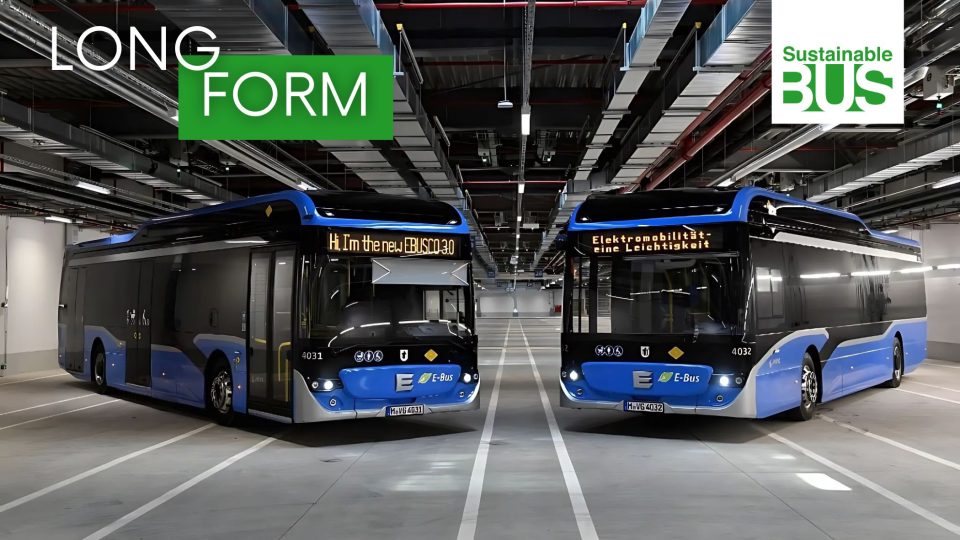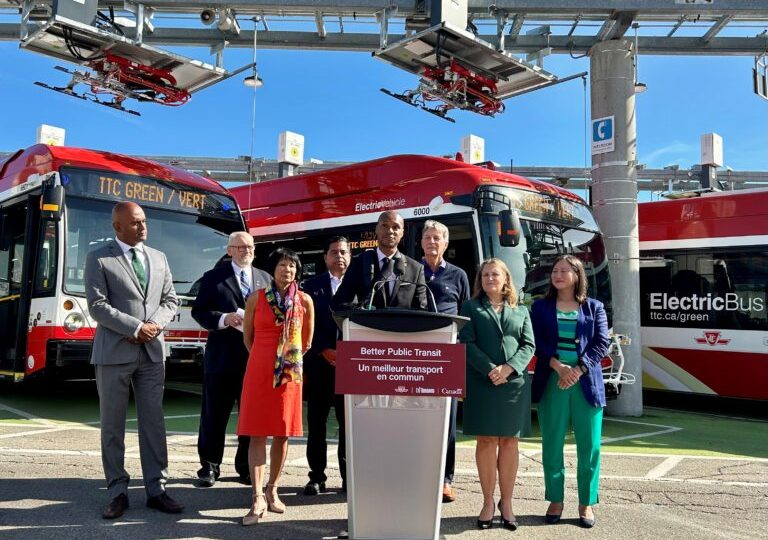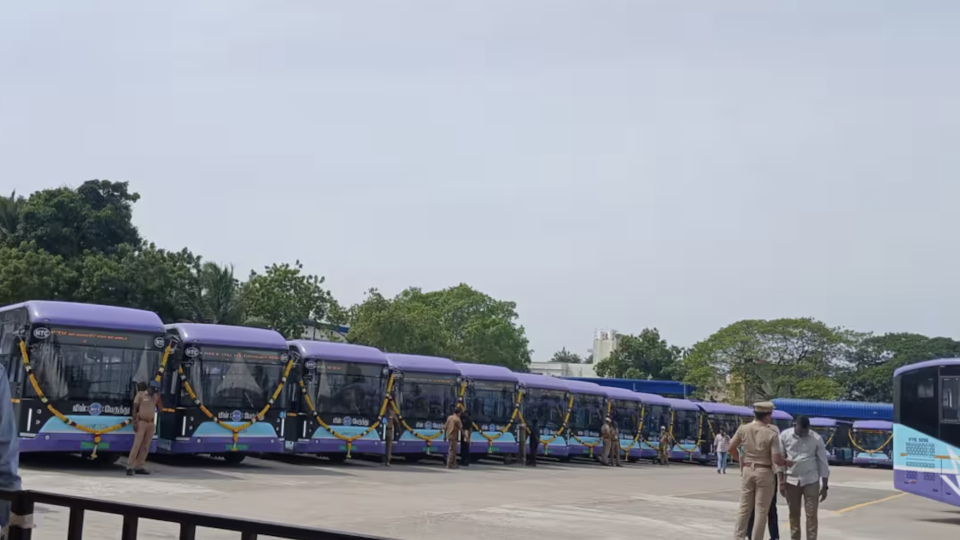Chile approves national electromobility strategy
Electromobility? Chile officially says yes, approving the National Strategy for Transport Electrification. As reported by the official website of the Chilean government, Resolution N°8/2022 was approved and published in the Official Gazette as part of the government’s new National Electromobility Strategy; the goal is to establish strategic guidelines, such as specific measures and objectives, that […]

Electromobility? Chile officially says yes, approving the National Strategy for Transport Electrification. As reported by the official website of the Chilean government, Resolution N°8/2022 was approved and published in the Official Gazette as part of the government’s new National Electromobility Strategy; the goal is to establish strategic guidelines, such as specific measures and objectives, that support a faster and more sustainable development of electromobility in the South American country.
One of its key objectives is that all light and medium vehicles sold, all public transport (buses, cabs and shared cabs) and heavy equipment sales will be zero-emission by 2035. All of this will be of direct benefit to the quality of life of Chileans.
Electromobility, Chile says yes
«This is a state policy that lays out a roadmap for progressing toward the development of sustainable transportation, with direct benefits for Chileans. It will also allow us to reduce our dependence on imported fossil fuels», said Undersecretary of Energy Francisco López, who added: «This strategy was developed as part of a participatory process with the collaboration of an advisory committee, technical committees, inter-ministerial meetings and public and private workshops».
In October 2021, the document went out for public consultation to receive comments from citizens, academia, and industry. In January 2022, the final version was published, and is now available on the Ministry of Energy’s electromobility platform.
The resolution states that the Ministry of Energy will be responsible for leading the implementation of the strategy, keeping track of it, and updating it every five years. In addition, the Ministry of Energy will also create an Advisory Commission to advise on the process of updating the strategy. The Commission will meet every five years to conduct a review of the strategy.








